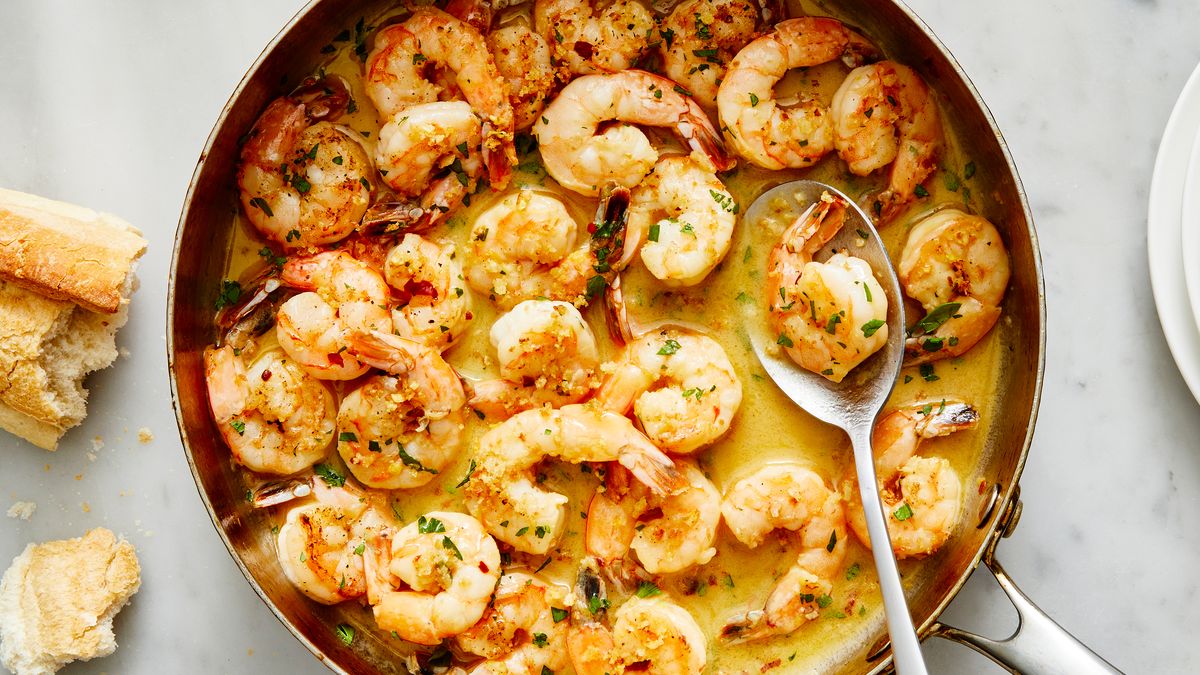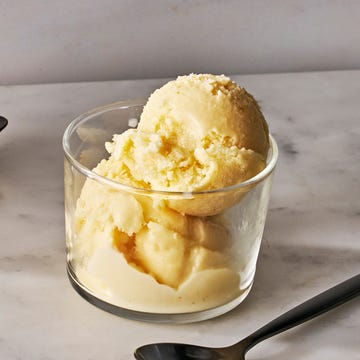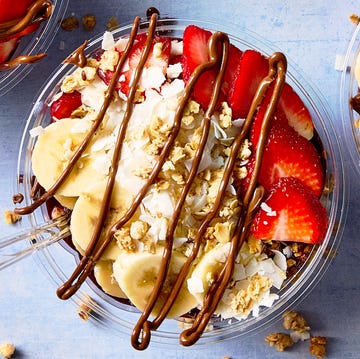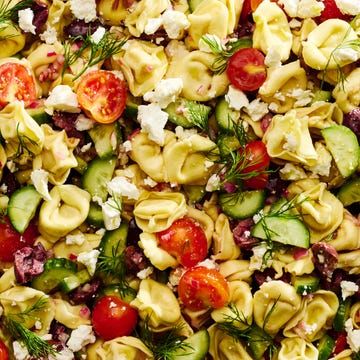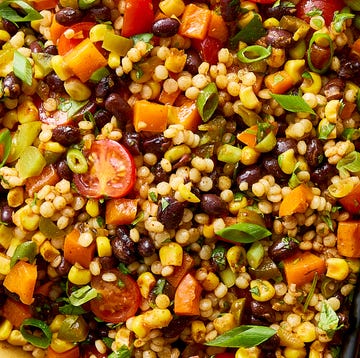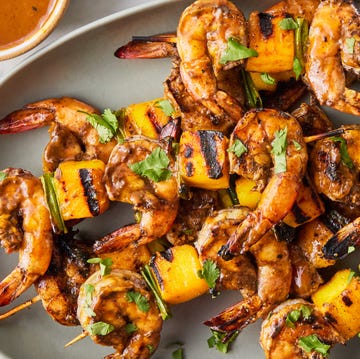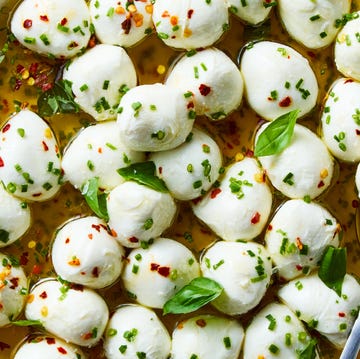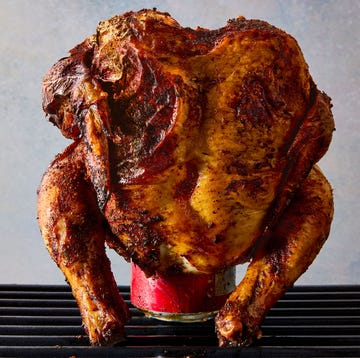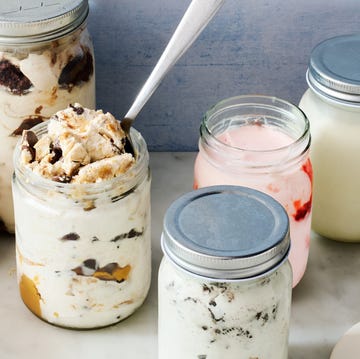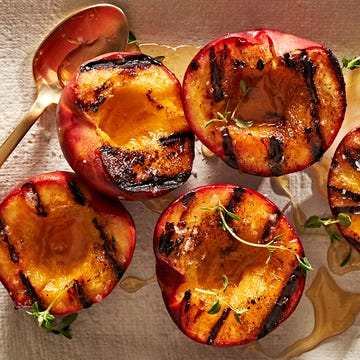Cooking Vegetables: When and How to Steam, Roast, Sauté, and More
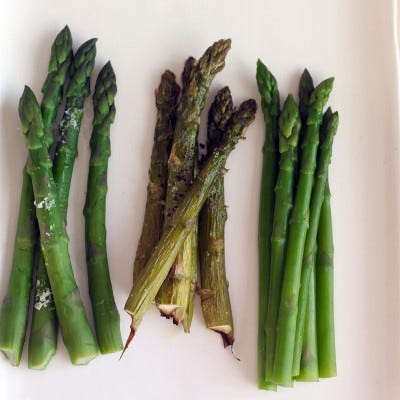
Steam

Steaming is one of the quickest, easiest, and healthiest ways to prepare fresh vegetables. It takes only a few minutes and requires no oil or fat. Simple steam from a pot of boiling water cooks vegetables until just tender, while helping to retain their unique, natural flavors. Steaming works especially well for delicate vegetables that fall apart during grilling or braising, and for green vegetables (like the asparagus recipe below), because it also helps to preserve their vivid green color. Before serving, sprinkle your steamed vegetables with a bit of coarse sea salt, and add a squeeze of fresh lemon and a scattering of fresh herbs for big flavor without the fat and calories.
Recipe: Steamed Asparagus
Boil
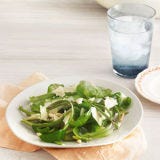
Boiling, like steaming, can be an extremely healthy choice because it requires no oil or fat — though adding a small amount, for extra flavor, can sometimes make boiled veggies taste even better. But if you're trying to watch your calorie intake, be wary of dishes like potato salads or mashed potatoes — they start with boiling, but usually add lots of mayonnaise, cream, or other rich ingredients after cooking that have high fat content. To boil vegetables, simply bring a pot of salted water to a boil, then drop in whatever cleaned and prepped vegetables you choose. This is another good choice for preparing green vegetables, as dropping them in heavily salted boiling water helps retain their bright, fresh green color.
Braise

Braising and stewing are techniques that, once you master, you'll want to use over and over again. They involve cooking ingredients slowly in flavorful liquid on a low heat, usually over several hours, and they guarantee soft, tender vegetables and meats. Once the prep is done, you can put it on the stove (or in the oven) and leave it until it's ready to eat. This method works best for sturdy and tough vegetables, like winter squash, root vegetables, and beans and legumes, or fibrous veggies like celery, fennel, and leeks. To add even more flavor to your vegetable dish (and to do a true braise), start by sautéing the ingredients in olive oil until lightly browned and caramelized, then add the liquids.
Recipe: Braised Winter Vegetable Pasta
Roast
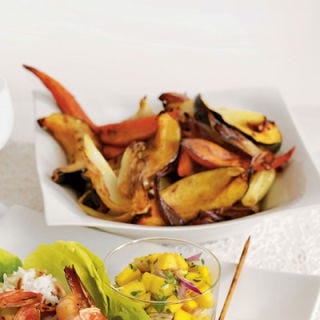
Roasting vegetables adds intense flavor due to the caramelization that happens during this cooking process. Almost any vegetable can be simply roasted with a little oil and some seasoning, but root vegetables or other sturdy vegetables stand up especially well to the high heat required to roast and create a crisp outer crust. If you're roasting hardy root vegetables like potatoes, sweet potatoes, parsnips, or winter squash (as in the recipe included here), try turning the heat way up to 400 degrees F or 425 degrees F to create that addictively crunchy, caramelized outer coating.
Bake

Baking is a go-to cooking method for a good reason — the warm air that circulates during the baking process cooks foods evenly all the way through, so you run less risk of ending up with one piece of food that's crunchy and nearly raw, and another that's mushy and overcooked. Baking is very similar to roasting, but foods don't necessarily need to be caramelized, so less oil or other fats can be used (making this a healthy choice if you're baking vegetables on their own). A slightly less healthy — but still delicious — option is to bake vegetables in a pie crust, piece of puff pastry, or other pastry to add contrasting textures and flavors to your meal, and to create an elegant presentation. One thing to note: some moist vegetables (such as tomatoes) can make pastry crust soggy. To prevent this problem, partially bake, or blind bake, the crust before adding a moist vegetable mixture or filling.
Recipe: Rustic Summer Squash Tart
Sauté
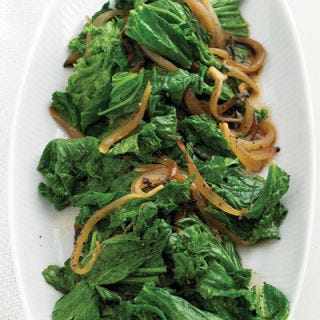
A simple, nearly foolproof method, sautéing is a delicious way to cook almost any vegetable. It's great for greens, which will wilt and become tender in no time, or for other soft or delicate veggies, like asparagus, peas or snow peas, mushrooms, peppers, summer squash, and onions. Sautéing is also good for those trying to stick to a healthy eating plan — it requires only a small amount of oil or fat, and it's easy to use healthier options like olive oil, which adds rich, fruity flavor to any vegetable dish. To sauté, start by cutting your vegetables into equally sized pieces so they cook evenly in the pan. Heat a pan over medium-high heat and film with oil. When the oil begins to shimmer, add your vegetables and cook until they reach desired tenderness, stirring them occasionally around the pan during cooking.
Fry
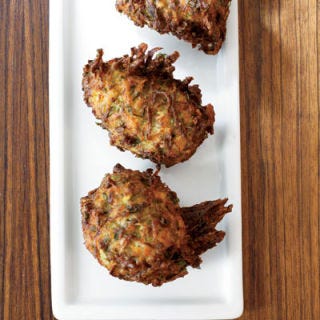
Everything tastes better after it's fried, right? Frying is one way to make vegetables seem more like an indulgent treat rather than something you have to eat. One easy way to turn your favorite vegetables into a tasty fried snack is to make fritters — grated, chopped, or mashed vegetables mixed with eggs, flour, or other binders, formed into small balls or cakes, and fried to crisp, golden perfection. This method works especially well for softer vegetables like summer squash and zucchini, which can be easily grated raw (make sure to drain them of excess liquid first). If using hardier vegetables, like potatoes or other root vegetables, it's best to pre-cook them before frying to ensure they get tender all the way through. To fry vegetables to a golden brown color without burning them, use a deep fry thermometer to heat your oil to no higher than 375 degrees F (340 degrees F is ideal). Use enough oil so that your vegetables will be fully submerged in it, and flip your veggies or fritters halfway through cooking to ensure that both sides are evenly browned and crispy.
Recipe: Herbed Zucchini Feta Fritters
Stir-Fry
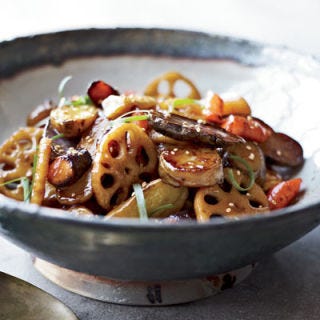
Stir-frying is a cooking technique commonly used in Asian cuisines. It's perfect for busy weeknights because once your ingredients are prepped and ready to go, cooking them takes only minutes — but having your prep work all done before you start cooking is key to mastering this method. Stir-frying is so fast because it involves cooking foods at very high temperatures — the wok that is traditionally used for this method distributes the high heat more evenly than a typical sauté pan, and the results are quickly cooked foods with lots of flavor. To make sure your wok is heated to a high enough temperature, wait to throw items in until the cooking oil is shimmering and rippling in the bottom of the pan. If stir-frying different types or textures of vegetables (some sturdy root vegetables with more delicate snow peas, for example), add hardier vegetables to the wok first. When they're nearly cooked through, add the more delicate items.
Grill
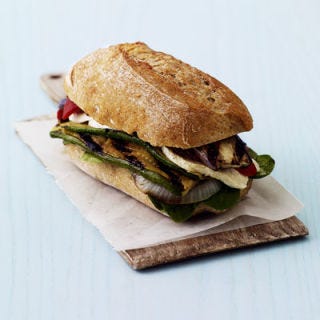
Grilling is traditional territory for meat-lovers, but grilling vegetables is an excellent way to bring out a rich, deep, and smoky flavor from your favorite produce. And even better? It's super simple. One of the easiest ways to grill veggies is to toss vegetable pieces with olive oil (or another favorite oil), salt, pepper, and whatever other seasonings you prefer. Place vegetables directly on a clean grill grate (or, if they're delicate or extremely moist vegetables, like tomatoes, place on a piece of aluminum foil on the grill). Cook until grill marks form, flip, and make marks on the other side. Remove vegetables when tender, and if desired, drizzle with a small amount of wine vinegar before serving for an extra flavor boost.
Recipe: Grilled Vegetable Sandwiches
Pickle
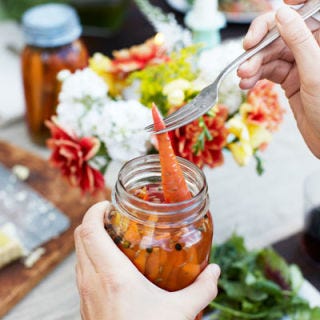
Pickling isn't just for cucumbers! It adds a deliciously pungent, briny flavor to any vegetable you choose to use — though this method works especially well for naturally firm, crisp vegetables that will stand up to the pickling process, and won't turn to mush. A quick pickle (one that is not vacuum sealed in a canning jar) can last for up to 2 months in the refrigerator and takes only minutes to make. To start, boil your pickling liquid — usually 1 or 2 parts vinegar to one part water — along with your favorite herbs and spices for flavoring. Boil mixture for about five minutes, then pour the hot liquid over prepared vegetables. Allow pickles to cool before refrigerating. To process (in other words, to vacuum seal and preserve) your pickle, first put your vegetables into sterilized canning jars, leaving 1/4 inch of headspace. Pour the hot pickling liquid over them, then seal the jars. Place jars in a large pot of boiling water (lids should be covered by at least 1 inch of water), and boil for 10 to 15 minutes. Remove jar from water and fully cool on countertop, without moving. Store in a cool, dark place for up to 1 year.
Recipe: Pickled Heirloom Carrots
No-Cook
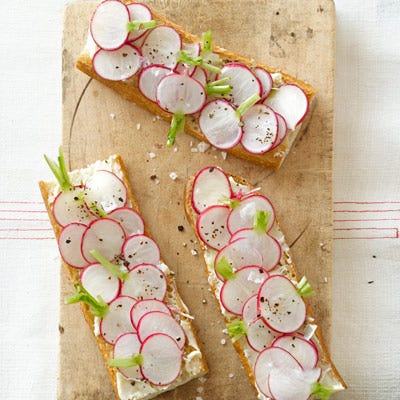
Sometimes the best way to cook your favorite vegetable can be not to cook it at all — especially during the warm spring and summer months, when there's an abundance of fresh produce to choose from. A fresh open-faced sandwich like the one provided below involves only a small amount of prep work and a quick sprinkle with some seasonings, but it's full of fresh summer flavor and packs well as a delightful picnic lunch, or works as a light appetizer with a bit French flair. Keeping the radishes raw preserves their piquant, spicy bite and crunch, as well as their full nutritional value. You'll want to eat other similar vegetables — like carrots, celery, jicama, cabbages, greens, and lettuces — fresh in salads, slaws, and other dishes when you need a light, refreshing, and satisfyingly meal.
Recipe: Radish Tartines
Vegetable-Based Sauces
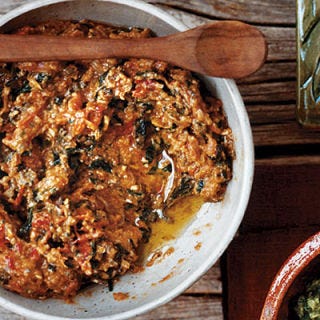
Incorporating vegetables into a savory sauce is a great way to sneak more healthy produce into your meals. Depending on the sauce you make and the type of vegetables you use to make it, you may want to boil, roast, grill, or sauté them prior to combining them with other ingredients — like spices, herbs, and nuts — in a blender or food processor to finish the sauce.
Recipe: Romesco Pesto
